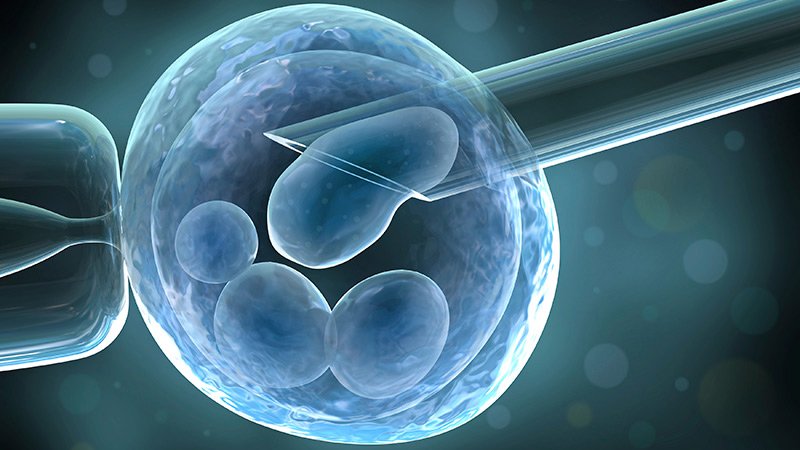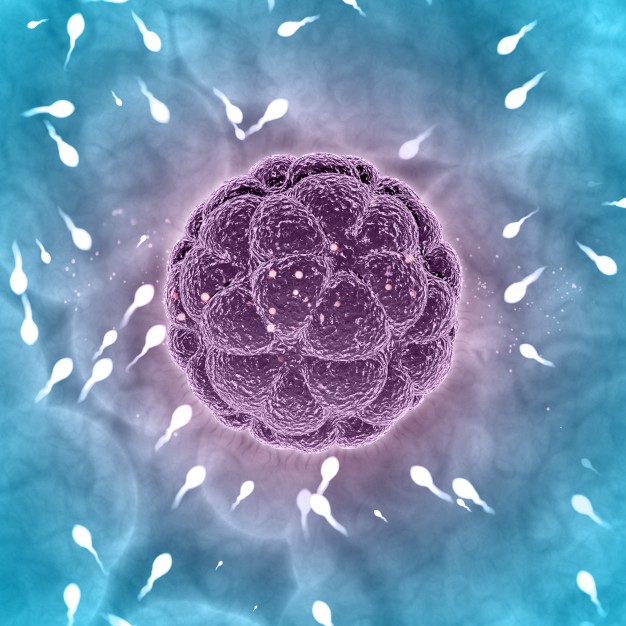PGD/PGS
April 25, 2020 2023-06-17 11:43PGD/PGS
PGD/PGS
Pre-Implantation Genetic Testing (PGT)
PGT generally refers to the genetic profiling of embryos prior to implantation in order to enable the expecting parents to select the embryos with normal genetic condition. Its main advantage is to avoid selective abortion as there is little chance that the embryo transferred would contain some abnormalities.
There are three basic types of pre implantation genetic testing:
- Pre implantation genetic testing for aneuploidy (PGT-A)
- Pre implantation genetic testing for monogenic disorders (PGT-M)
- Pre-implantation genetic testing for structural chromosomal rearrangement (PGT-SR)
For more information about our genetic testing service:
- Speak to the booking team on
01 - 4667360
01 - 4532266
07026277855 - Email us on
info@nordicalagos.org
Pre-Implantation Genetic Testing For Aneuploidy (PGT-A)
PGT-A (previously known as preimplantation genetic screening or PGS) involves checking embryos for abnormalities in the number of chromosomes. Embryos with an abnormal number of chromosomes (known as aneuploid embryos) have less chance of developing into a baby or may result in a baby being born with a genetic condition (e.g. Down syndrome, Edwards syndrome, Patau syndrome, e.t.c) PGT-A identifies aneuploid embryos that are unsuitable for fertility treatment.
PGT-A also allows for family balancing as it allows the parent to pick the sex/gender of their offspring.
Pre-Implantation Genetic Testing For Monogenic Disorders (PGT-M)
PGT-M involves testing of embryos created by in-vitro fertilization for monogenic disorders. It is done by prospective parents whose child has a potential risk of having a particular genetic disorder or trait due to their own genetic component or family history. For example; the Sickle cell disease.
Pre-Implantaion Genetic Testing For Structural Chromosomal Rearrangement (PGT-SR)
This is another form of Pre-implantation genetic testing, although not as common as the first two. PGT-SR is a genetic test performed on embryos created through IVF to screen for chromosomal structural rearrangements normally caused by balanced translocations and inversions.
Selection of embryos using this technique decreases the distress of multiple unsuccessful IVF cycles and early miscarriages frequently faced by carriers of a structural rearrangement.
Normal Sex Determination In Babies
The sex of a baby is normally determined at the moment of conception by the chromosomes present in the egg and sperm. Every human being has two "sex" chromosomes: The "X" and "Y" chromosomes. Female eggs contain X chromosomes only but male sperm contains either an X chromosome or a Y chromosome. If an X-bearing sperm fertilizes an egg, this results in an "XX" embryo, giving rise to a female baby. However, if a Y-bearing sperm fertilizes an egg, this results in an “XY” embryo, giving rise to a male baby
The” PGT-A process involves the fertilization of an oocyte with a sperm cell and subsequent culture in the laboratory for about 5- 6 days, this results into blastocyst formation. The embryologist removes a few cells from the embryo, which is then tested for any chromosomal abnormalities. The embryo is then frozen/vitrified until ready to be utilized.
Genetic Screening/Diagnosis at Nordica
At Nordica Fertility Center, our mission is to fulfil dreams of parenthood through the delivery of healthy babies. To achieve this mission, our genetics laboratory is equipped with the newest technologies, capable of performing the most up to date genetic testing. Our genetic testing services include Preimplantation Genetic Diagnosis (PGD) and Preimplantation genetic screening (PGS).
What is PGD/PGS?
Preimplantation Genetic Diagnosis (PGD) refers specifically to a diagnostic method that allows intending parents to avoid the risk of passing on a known genetic disease to their child/children. PGD is also used for family balancing, a technique that allows intending parents choose the gender of their baby. Preimplantation genetic screening (PGS) on the other hand, is the screening of embryos for chromosomal abnormalities with the aim of increasing the pregnancy rate and reducing the risk of miscarriage for specific women.
Who is PGD/PGS for?
At Nordica, PGD is used when:
- Couples don’t want to pass an inheritable disease to their child. Some of these diseases include:
- Sickle cell disease
- Albinism
- Inheritable cancer pre-dispositions
- Down Syndrome
- Muscular dystrophies
- Couples are interested in choosing the gender of their unborn child.
- Couples have frequent miscarriages due to a genetic disease.
For more information about our genetic testing service:
- Speak to the booking team on
01 - 4667360
01 - 4532266
07026277855 - Email us on
info@nordicalagos.org
The Process of PGD/PGS
Preimplantation Genetic Diagnosis requires a number of steps before embryos can be tested for specific genetic conditions. Understanding the various steps involved makes it easy for expectant parents to go through PGD. These steps include:
Step 1
In a normal cycle, a single egg is released from the ovary every month. However, to maximize the chances of successful fertilization with each IVF attempt, your ovaries will be stimulated to produce multiple mature egg. The growth and development of the eggs are closely monitored by repeated ultrasound and or blood tests. Based on information obtained from these tests, we can determine when ovulation will take place. Release of eggs from the ovary is then achieved by administering an injection called HCG or Buserelin depending on the response. You will then be ready for egg collection.
Step 2
Egg collection is performed at our clinic via a transvaginal route under conscious sedation and local anaesthesia.
Step 3
The collected eggs are then fertilized separately in the clinic laboratory. This is done usually through a procedure where a specialist injects a single healthy sperm into each egg. This is the Intra cytoplasmic sperm injection technique 24 hours fertilization is expected to take place
Step 4
The fertilized eggs are then kept in the clinic lab for a few days. Development of the embryo is monitored in the lab, and when the embryo must have reached their blastocyst stage, the embryologist proceeds to remove cells from the embryo. These cells are placed in a test tube and are taken to the clinic lab to test for specific genetic disease.
Step 5
Embryo transfer is the procedure by which the embryos will be returned to the womb. It is a painless & simple procedure. The embryos are placed in a special catheter and are transferred into the womb. You will be given a progesterone hormone (vaginal suppository) after the procedure, which you should insert daily for two weeks after embryo transfer.
Step 6
After the embryo transfer procedure, the patient will be asked to conduct a pregnancy test after 2 weeks. With a positive test, the implantation was successful.
Reasons Why Couple Opt For PGT
- Medical reasons: couples who are both carriers of sickle cell automatically opt for PGT-M because their intending offspring is at high risk of being a sickle cell patient. Also, some couple opt for sex selection in order to rule out sex linked diseases such as hemophilia and Duchenne muscular dystrophy.
If a couple has a history of repeated miscarriages and there is nothing medically wrong with the mother, it could also be an indication to perform PGT-A to pick a normal/euploid embryo for implantation. - Personal reasons: a family that has four children of the same gender and wishes to conceive another child with a different gender could opt for PGT-A sex selection and select the gender of their baby.
- Past family history: if there is a history of a particular genetic condition in a family, this can be avoided or prevented from being passed to the offspring by couple opting for the PGT-A process. PGT-A will help to screen the embryos before implantation and select an embryo without any of such trait.
Similar Treatment
Start your family with us today.
Visit our Appointments page, fill out the contact form and a member of the team will be in touch









